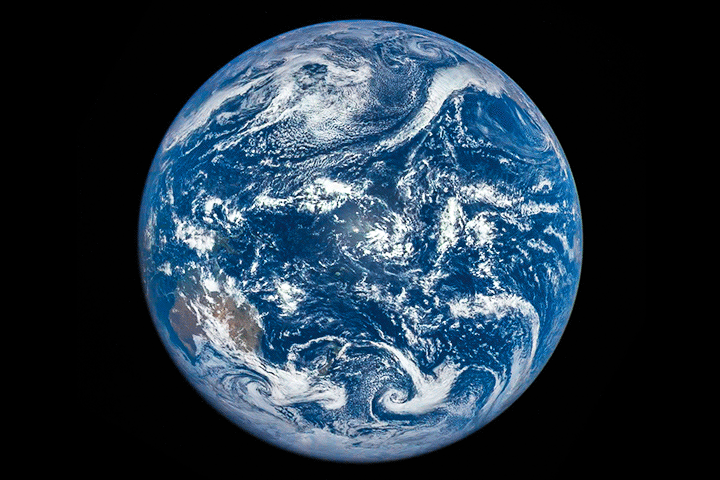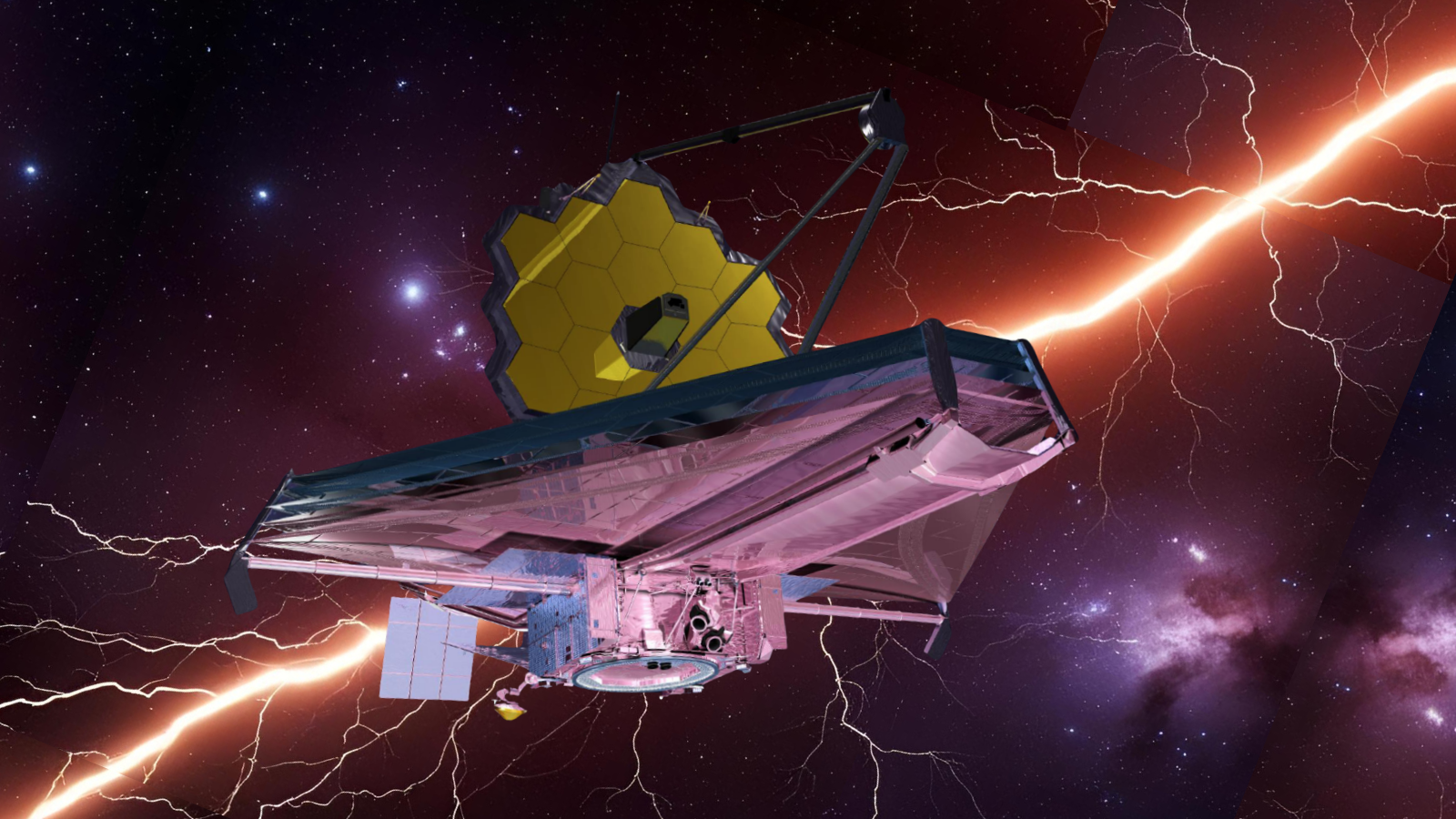The DSCOVR Earth and space weather satellite is back online after a months-long glitch

A disabled satellite that tracks space weather is back online after nine months of efforts to get it communicating with Earth, according to a U.S. government update.
The nearly five-year-old Deep Space Climate Observatory (DSCOVR) went into a safe mode lockdown on June 27, 2019, due to issues with the attitude control system that keeps it properly oriented in space to receive commands and send data.
Engineers at NASA and the National Oceanic and Atmospheric Administration (NOAA) created a flight software patch and uploaded it recently to the satellite, NOAA officials said Monday (March 2). This allowed DISCOVR to resume its observations of space weather, or the area in Earth's vicinity affected by the sun's variability.
Related: The DSCOVR Mission in Photos
More: Gorgeous NASA Photo Captures Earth from 1 Million Miles Away
Media reports in October hinted such a fix was coming early in 2020, but did not give any information on why it took several months to implement the correction.
Since the sun regularly sends charged particles towards our planet, monitoring its activity is crucial to protecting satellites and other infrastructure vulnerable to the periodic "solar storms" the sun emits, when during times of high activity it sends coronal mass ejections of particles towards Earth.
While a backup satellite (NASA's Advanced Composition Explorer) was used to keep space weather updates flowing, and there are many other satellites monitoring the sun, a senior official at NOAA said he was pleased that DSCOVR is contributing once again to the fleet.
Breaking space news, the latest updates on rocket launches, skywatching events and more!
"Bringing DSCOVR operational again shows the unique skills and adaptability of our ... engineers, and the care we are taking to get the maximum life from an aging asset," Steve Volz, assistant NOAA administrator for its satellite and information service, said in the statement.
DSCOVR orbits at a Lagrange point — a relatively stable "parking spot" in space
between the Earth and the sun, allowing the spacecraft to obtain spectacular full-disc views of our planet. The spacecraft is designed for five years, but engineers typically try to squeeze more life out of older missions to save on the cost and complication of launching replacements.
- DSCOVR: The Deep Space Climate Observatory Mission in Photos
- 'EPIC' Solar Eclipse View Captured from 1 Million Miles Away (Video)
- Photobomb! Satellite Catches Moon Crossing Earth's Face (Video)
Follow Elizabeth Howell on Twitter @howellspace. Follow us on Twitter @Spacedotcom and on Facebook.
OFFER: Save up to 56% on 13 issues a year!
All About Space magazine takes you on an awe-inspiring journey through our solar system and beyond, from the amazing technology and spacecraft that enables humanity to venture into orbit, to the complexities of space science.

Elizabeth Howell (she/her), Ph.D., was a staff writer in the spaceflight channel between 2022 and 2024 specializing in Canadian space news. She was contributing writer for Space.com for 10 years from 2012 to 2024. Elizabeth's reporting includes multiple exclusives with the White House, leading world coverage about a lost-and-found space tomato on the International Space Station, witnessing five human spaceflight launches on two continents, flying parabolic, working inside a spacesuit, and participating in a simulated Mars mission. Her latest book, "Why Am I Taller?" (ECW Press, 2022) is co-written with astronaut Dave Williams.

